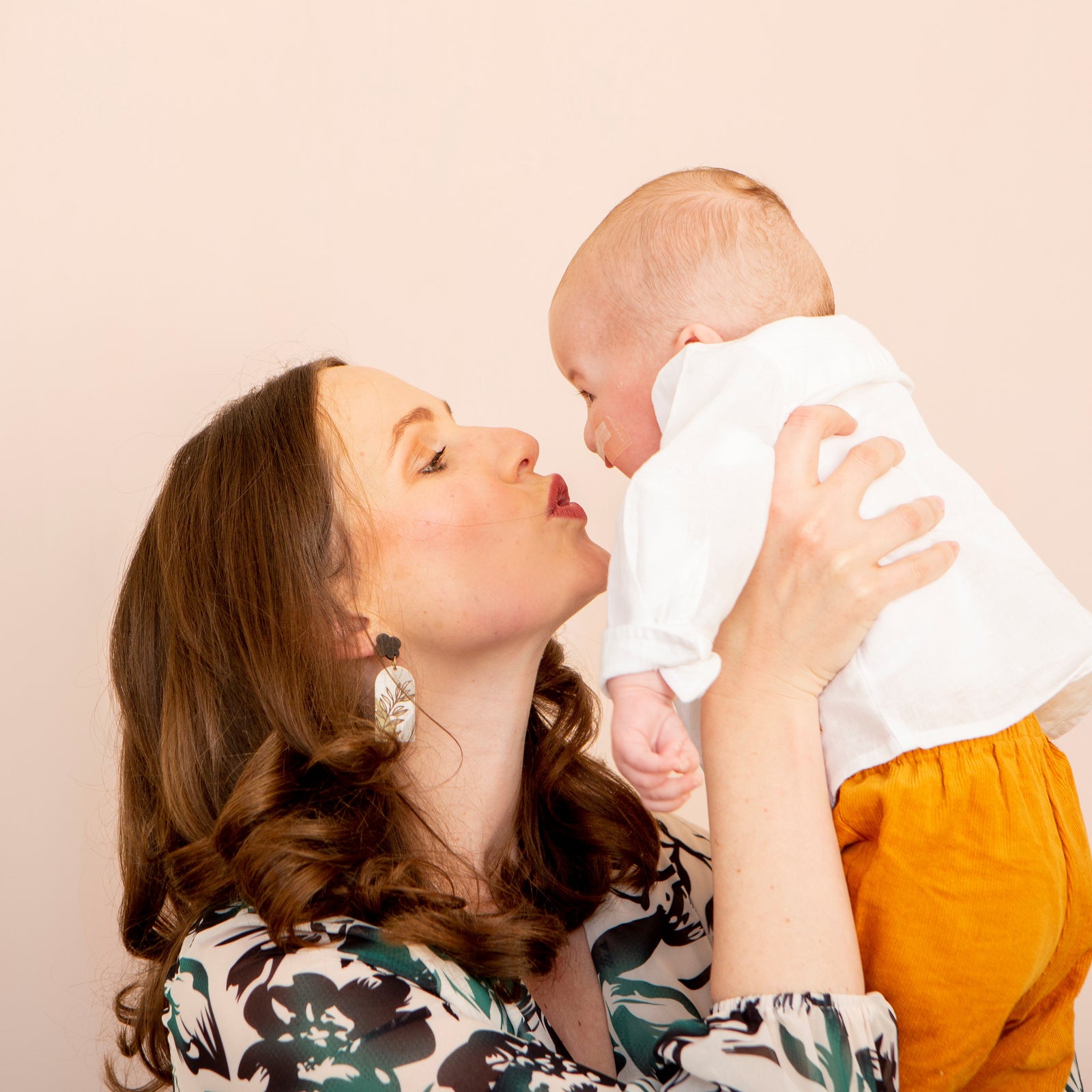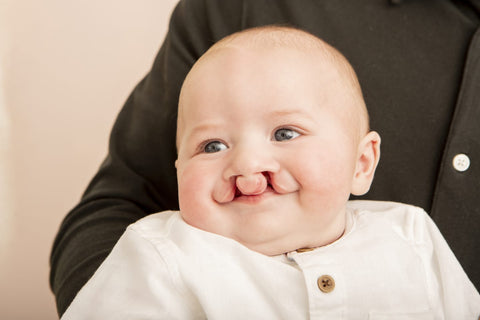Your Cart is Empty
Buy Now

Feeding a Cleft Baby - by Annie van As
May 08, 2023 1 min read

Cleft lip and/or palate is an extremely common birth defect with a worldwide incidence of 1 in 700 births. Very early in pregnancy, a developing fetus has a split lip and palate, but around 7 weeks, the sides of the lip and the roof of the mouth should fuse. Failure of fusion results in cleft lip and/or cleft palate. There are different types and degrees of cleft lip and palate. A cleft lip/palate can occur on one side (unilateral) or both sides (bilateral).
Feeding a cleft-affected baby can be very challenging as the baby cannot form the correct suction to breastfeed or drink from standard bottles. Babies with a cleft lip, but no cleft palate, can usually breastfeed. In all other cleft cases, cleft-adopted bottles usually help cleft-affected babies drink from a bottle without the need to create any suction and allow breastmilk or formula to be delivered into the baby’s mouth by compression.
Some of the cleft bottles available in South Africa:








Cleft babies can still receive the amazing and nutritious benefits of breastmilk.
There are also several platforms for Cleft Mommies to join - Soothing Lily is a place of support, community and awareness for moms, family members and friends of cleft- affected children and families. They can be followed on Instagram under the handle:
@soothinglily


Subscribe
Sign up to get the latest on sales, new releases and more …









